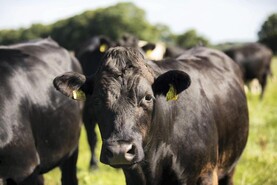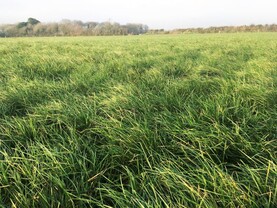Over the next four weeks, 500,000 births are expected on Irish beef and dairy farms. It is one of the busiest periods on a livestock farm and, with farmers increasingly heading for more compact calving, February and March will only get busier on many farms. Making sure as many of these calves stay as healthy as possible is key to reducing labour requirements and putting money in your pocket. In the first of our two-week Focus series on calves, we look at different aspects of calf rearing including genetics, health, shed design, nutrition and profitability.
We look at the profitability of dairy calf to beef systems. Calf price has a major impact on this and we take a look at some Teagasc work around what dairy calves are really worth. It is sobering stuff, with the typical Holstein Friesian bull calf requiring a payment of €39 along with the calf to make a €200/head margin. An Angus cross heifer calf comes in at €125. These prices should be studied as the purchase price is one of the only things you have control over.
Dairy-beef index
The dairy-beef index (DBI) launched this week. This index is aimed at dairy farmers to use when selecting beef bulls for use on the dairy herd. With dairy beef carcase conformation and weights deteriorating in recent years, the DBI is needed to turn around this negative trend.
Aidan Brennan takes a concise look at milk replacers on the Irish market. Aidan also profiles an AHI event he attended last week and goes through some important tips on calf health and new rules on calf transport and sales.
Journal vet Tommy Heffernan also has some tips on keeping calves healthy this spring.
William Conlon looks at some small changes that can be made to calf sheds to improve ventilation and calf health.
Finally, >Tommy Moyles and Kieran Mailey bring us reports from some of the first calf sales of 2019.






 This is a subscriber-only article
This is a subscriber-only article









SHARING OPTIONS: